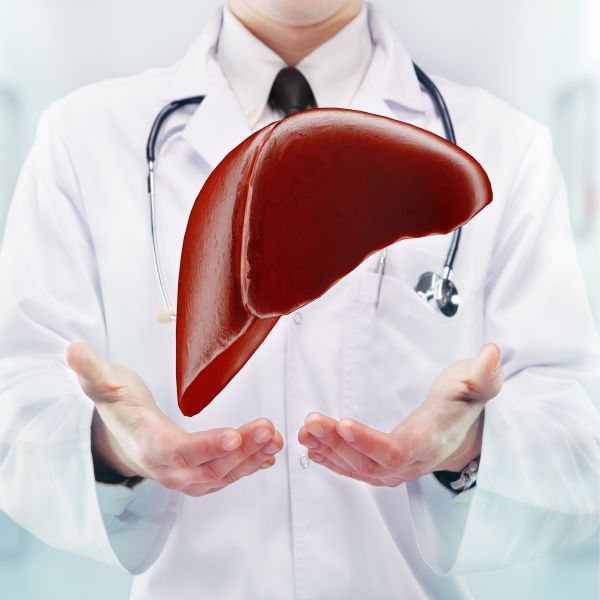TUDCA is a water soluble bile salt derived from the ursodeoxycholic acid (UDCA) and taurine found in trace amounts in the human body. When bile salts secreted by liver arrive in the intestines, bacteria convert them to UDCA. Taurine is a naturally-occurring, free-form amino acid already a popular clinical treatment for its mood enhancement and hepatoprotective capabilities. When these two substances are chemically combined, TUDCA is formed.
Tauroursodeoxycholic acid (TUDCA) is a compound originally approved to treat liver diseases — but recent research suggests it may have a broader application.
TUDCA is closely related to ursodeoxycholic acid (UDCA), with some structural differences. TUDCA is one of the compounds found in bile acid. Bile acid is made by the liver and stored in the gallbladder and helps with digestion.
Interestingly, TUDCA has been used in Chinese traditional medicine for centuries to treat a range of ailments. In Chinese medicine, it was originally harvested from the bile of bears. Bear bile is made up of more than 50% TUDCA. Some scientists believe this is what gives bears the ability to hibernate for extended periods of time.
TUDCA is already used to treat liver disease and much of the information available about TUDCA’s effects comes from studying liver cells. It is not verified exactly how TUDCA works, but it is thought that it works to prevent programmed cell death (also known as apoptosis).
TUDCA can be used to treat a liver disease called cholestasis which occurs when bile becomes backed up is unable to travel to the small intestines via the gallbladder. This condition can destroy the liver by causing cell death from the inside out. TUDCA’s effect at treating this condition by increasing bile flow was reported by a 2008 study from the University of Rome Tor Vergata.
Alanine aminotransferase (ALT) and aspartate aminotransferase (AST) are two crucial enzymes present in the liver. Health professionals commonly measure theses enzyme because they can become elevated in the face of liver damage. The ratio between the two can also help differentiate between the various causes. High levels of ALT and AST can be indicative of hepatitis or primary biliary cirrhosis (PBC), an autoimmune disease that damages bile ducts.
TUDCA consumption has been shown to be highly effective at decrease enzyme levels. A study from the University of Milan saw a 51 percent drop in the level of liver enzymes in women with PBC from two months of TUDCA supplementation. An earlier study also found TUDCA to still be effective in low doses with 23 PBC patients showing significant enzyme level improvements with only 500 mg daily.
TUDCA blocks the hepatitis B and hepatitis D viruses from invading liver cells. In fact, of all bile salts, TUDCA is the most effective preventing hepatitis B infection. A 1998 study found TDUCA to be more effective at decreasing aminotransferase serum levels than placebo with progressive improvement of hepatitis.
Although there is still much to learn about TUDCA, it is already clear it offers some very powerful benefits to those concerned with liver health. Better yet is the unique properties of TUDCA show high promise for supporting weight loss, cardiovascular health, and brain function. As an easily accessible and non-toxic substance, TUDCA may be one of the best supplements you can add to your wellness stack.
Post time: May-08-2020
